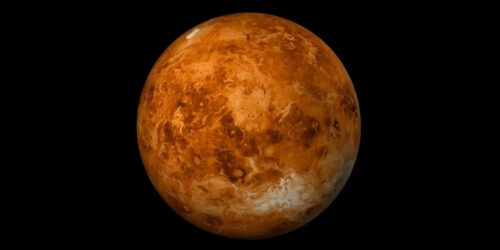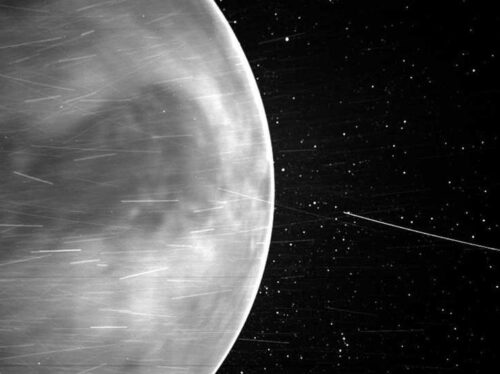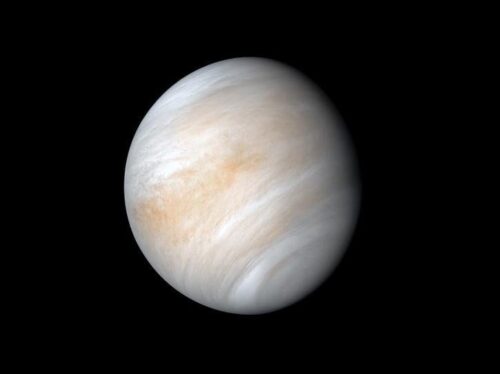
The Venusian Frontier: Scientists Advocate Venus Exploration as Top Priority, Unveiling Its Untapped Potential
Are you ready to embark on a thrilling journey to the enigmatic planet of Venus?
While Mars has been the focus of space exploration for many years, scientists are now advocating for a shift in attention towards Venus.
Despite its hellish conditions, Venus holds untapped potential that could revolutionize our understanding of the universe.
In this article, we will explore the reasons behind this advocacy and shed light on the allure of Venus.
Venus, our neighboring planet, has long been overshadowed by the allure of Mars. But scientists argue that there are compelling reasons to prioritize the exploration of Venus.
One key factor is its proximity to Earth. As the second closest planet to us, Venus offers the opportunity for a relatively short round trip compared to the lengthy mission to Mars.
A voyage to Mars and back would require at least three years, while a mission to Venus could be completed within one year.

This shorter duration reduces the risks associated with long-duration space travel, making Venus an attractive option for future crewed missions.
Dr. Noam Izenberg, an author of a recent report on Venus exploration, emphasizes the importance of considering Venus as an additional target in our space exploration endeavors.
He points out that Venus often receives a bad reputation due to its harsh surface environment.
The current paradigm of moon-to-Mars missions limits our perspectives and neglects the potential scientific discoveries that Venus can offer.
By advocating for Venus exploration, scientists aim to expand our horizons and unlock new frontiers of knowledge.
Apart from its proximity, Venus possesses several intriguing characteristics that make it an enticing destination for scientists.
In terms of size, mass, and distance from the Sun, Venus closely resembles Earth. However, its conditions are radically different, evoking a sense of awe and wonder.

The planet boasts a scorching surface temperature, hot enough to melt lead, and an atmospheric pressure that can crush anything in its path.
Its atmosphere is composed of sulfuric acid clouds, adding to the extreme and hostile nature of the planet.
While human exploration on Venus is currently impossible, spacecraft observations provide invaluable insights into the planet’s unique environment.
At the International Astronautical Congress (IAC) held in Paris recently, a report highlighted the immense scientific potential of Venus.
This presentation served as a catalyst for the growing momentum behind Venus exploration. Scientists are now advocating for flybys above Venus as a precursor to future Mars missions.
These flybys would allow us to gather crucial data and test technologies in Venus’ challenging environment, paving the way for further exploration of our neighboring red planet.
As we ponder the possibilities of venturing into the Venusian frontier, it’s essential to consider the significance of such a mission.

Exploring Venus not only expands our knowledge of the solar system but also provides insights into planetary evolution, atmospheric dynamics, and the potential for habitability beyond Earth.
By broadening our focus and embracing the mysteries of Venus, we open the door to groundbreaking discoveries that can shape the future of space exploration.
What are your thoughts on a potential space trip to Venus? We invite you to share your views and join the conversation in the comments below.
Together, let’s delve into the Venusian frontier and unravel its untapped potential.
